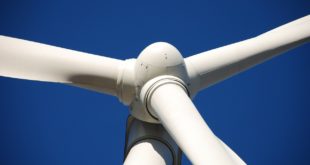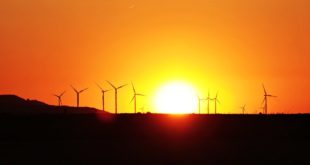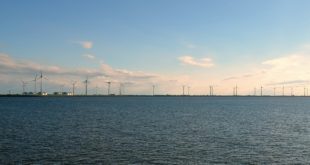 As with many new energy technologies the core issue is getting the generated power from the location to the demand. With coal and oil you just send it down and expensive pipeline or load it onto trains and ship it to the power plant. But with technology like solar or wind you have resources for these energies that may lay outside of a service demand area and you have to figure a way to get that power to those who will use it.
As with many new energy technologies the core issue is getting the generated power from the location to the demand. With coal and oil you just send it down and expensive pipeline or load it onto trains and ship it to the power plant. But with technology like solar or wind you have resources for these energies that may lay outside of a service demand area and you have to figure a way to get that power to those who will use it.
By most measures, wind energy has been a great business lately.
The U.S. wind energy industry shattered previous records in 2008 by installing 8,358 megawatts (MW) of new generating capacity, and did even better in 2009, building out another 9,922 MW. That’s enough wind power to deliver electricity to 4.4 million homes, according to the American Wind Energy Association.
But if you think it’s easy — or cheap — to get wind-powered electricity to places where it’s needed, talk to Tom King.
As the executive in charge of the U.S. business of National Grid, a global utility company with extensive operations in the Northeast, King would like to see wind turbines built off the coast of New England, as well as along a wind belt that stretches across the northern border of New York and runs east through Vermont, New Hampshire and Maine.
“When you look at the Northeast,” King says, ” it’s bracketed by some very significant wind resources.”
 Alternative Energy HQ solar power for homes, wind energy, and bio fuel issues
Alternative Energy HQ solar power for homes, wind energy, and bio fuel issues






